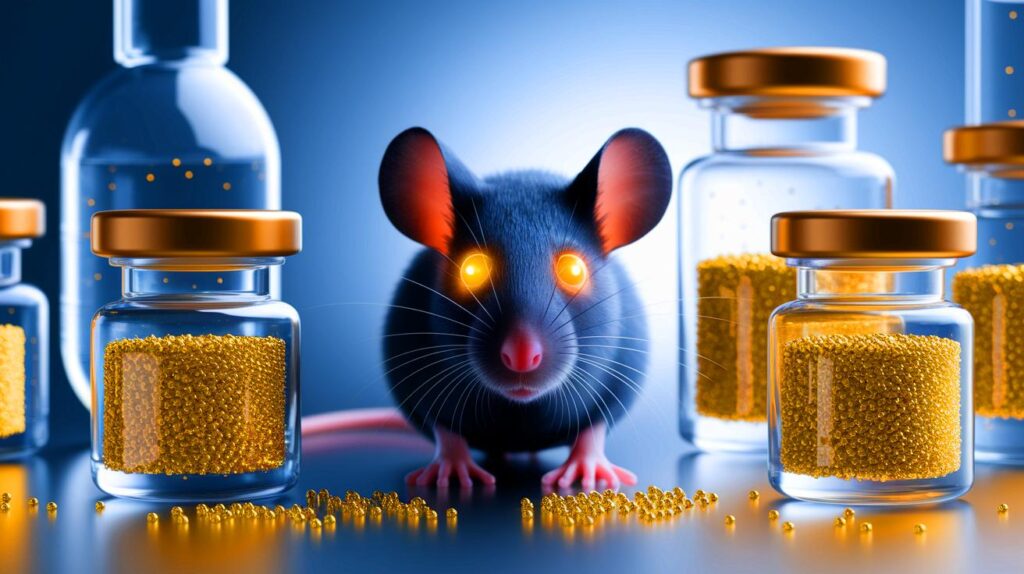| IN BRIEF |
|
The recent discovery of a sponge dating back 480 million years in China has transformed our understanding of ancient reef ecosystems and biomineralization. This fossil, identified as Lophiostroma leizunia, has rewritten the history of the earliest skeletal reefs. Until this finding, scientists believed that stromatoporoid reefs had developed about 460 million years ago. However, this sponge, discovered in the Yuan’an area of Tichang, southern China, indicates that these structures existed much earlier, providing new perspectives on the evolution of ancient animals and their ability to form reefs. What implications could this have for our understanding of Earth’s past?
The Oldest Reef-Building Sponge
An international team of scientists from the Nanjing Institute of Geology and Paleontology, under the auspices of the Chinese Academy of Sciences, has discovered the oldest phosphatic stromatoporoid sponge recorded in southern China. This sponge, Lophiostroma leizunia, has extended the fossil record of this group of sponges and the reefs they produced by 20 million years. It existed during the Paleozoic Era, a period that spanned from 541 to 252 million years ago. Often referred to as the “ancient life,” this era saw the emergence of the earliest animals on Earth, and this particular sponge may have played a crucial role in the formation of modern reef systems.
The Lophiostroma leizunia utilized fluorapatite to construct its skeleton, a feature previously unknown among sponges, as noted in the study. Fluorapatite, a phosphate mineral, appears in the form of glassy crystals in igneous rocks. This confirms that this group of organisms was the first to use the three main biominerals: silica, calcium carbonate, and calcium phosphate. This unique combination has provided scientists with unprecedented insights into stromatoporoid sponges and the primary reef builders of the Paleozoic Era, characterized by a dramatic increase in marine biodiversity.
New Perspectives on an Ancient History
As explained by Phys, southern China is renowned for its exceptional fossil preservation and diverse marine ecosystems from the early Paleozoic. Researchers have already gleaned valuable information from the Ordovician strata of this treasure in China, the second of six periods that made up the Paleozoic Era. During this time, the planet experienced an early diversification of marine life known as the Great Ordovician Biodiversification Event (GOBE).
The sponge Lophiostroma leizunia shines a light on a flourishing moment of ancient life, demonstrating that skeletal reefs developed much earlier than previously believed. It provides “insights into the evolutionary dynamics of biomineralization and the rise of metazoan-dominated reef ecosystems during a critical period in Earth’s history.” These findings enhance our understanding of how early animals evolved to exploit biomaterials to construct complex reef structures.
The Implications for Modern Science
This discovery has significant implications for our understanding of reef evolution and marine animals. By showing that stromatoporoid sponges utilized complex biomaterials much earlier than anticipated, it challenges current models of biomineralization and reef evolution. It suggests that the “genetic toolkit” for diverse biomineralization strategies may have been present in sponges from very ancient times. This could indicate that the ancestors of modern reefs developed sophisticated construction techniques well before modern corals.
This finding also prompts scientists to reconsider the environmental conditions of that era, including the interactions between organisms and their surroundings. The implications of this research are vast, ranging from paleontology to modern marine biology, and could influence how we understand species’ adaptations to climate changes.
A Look Towards the Future
As scientists continue to explore these ancient reef structures, this discovery opens new avenues for research on reef evolution and biomineralization. It underscores the importance of China as a critical site for paleontological discoveries, providing unique insights into Earth’s history. By elucidating the biomineralization strategies used by early reef builders, this study could also inspire innovations in modern biomimetic materials.
As we continue to explore these remnants of the past, what other surprises do recent paleontological discoveries hold for us? How might these ancient construction strategies influence future technologies for building sustainable and adaptive structures?







